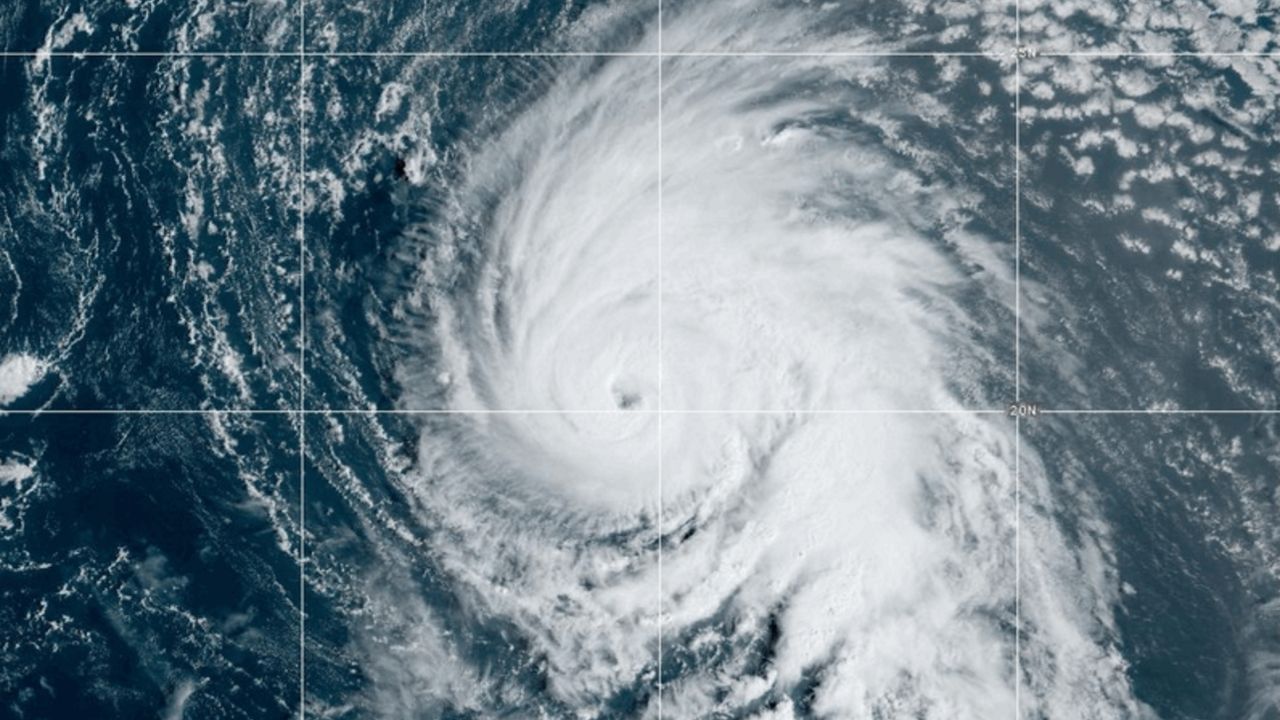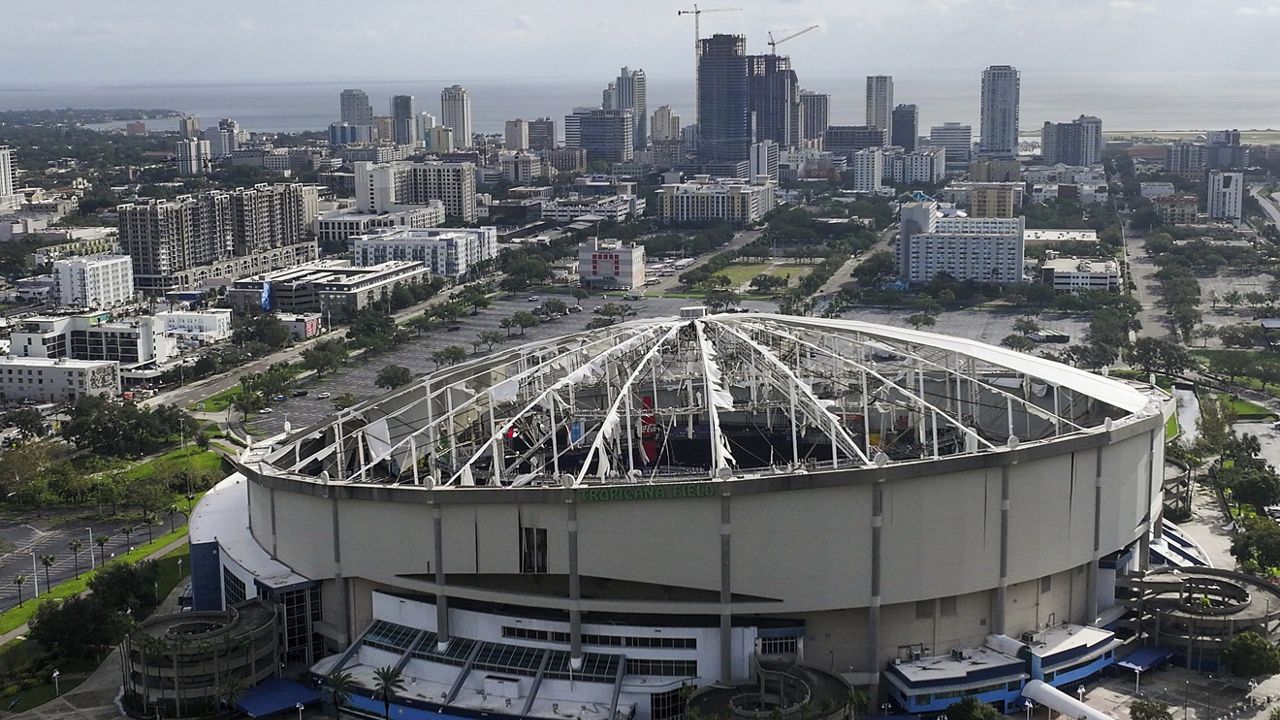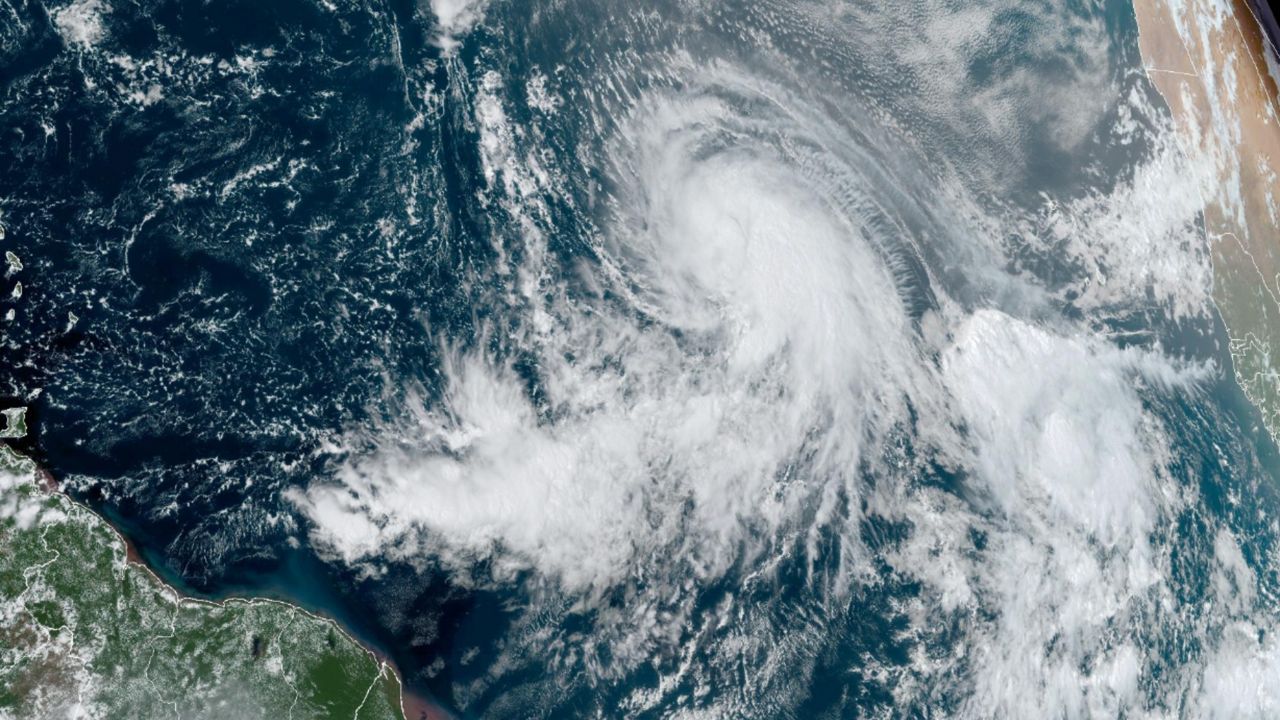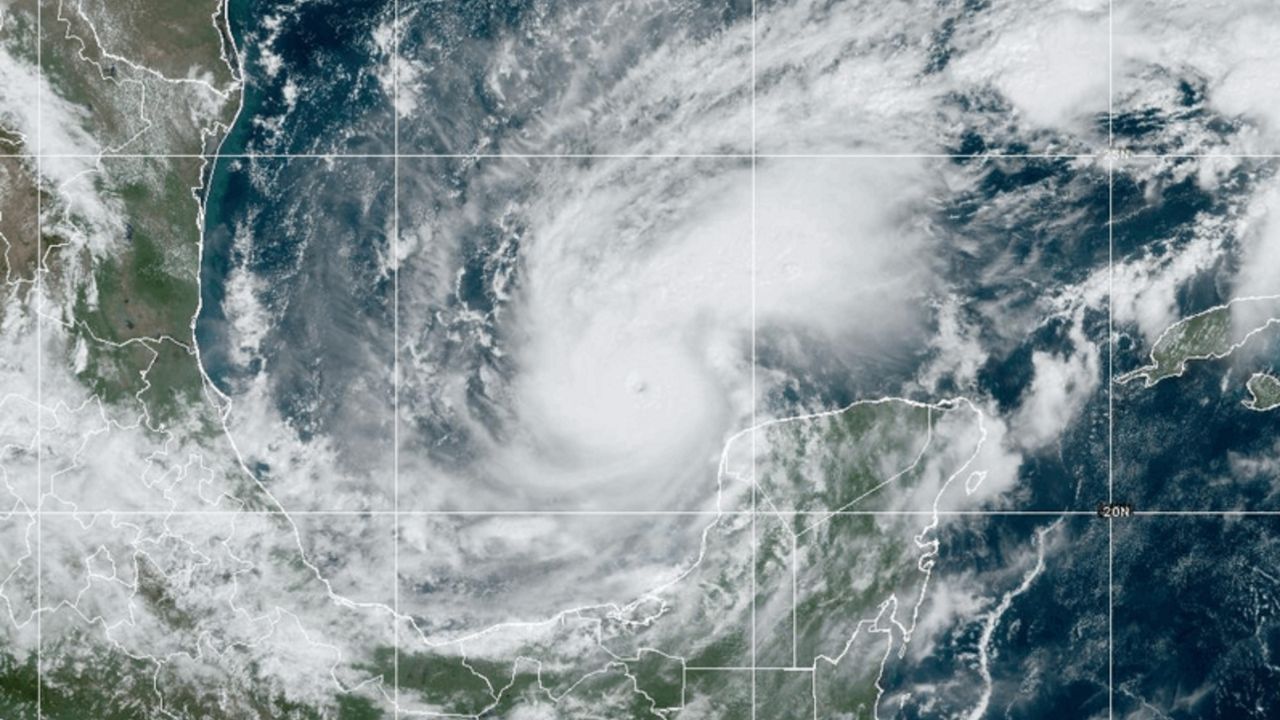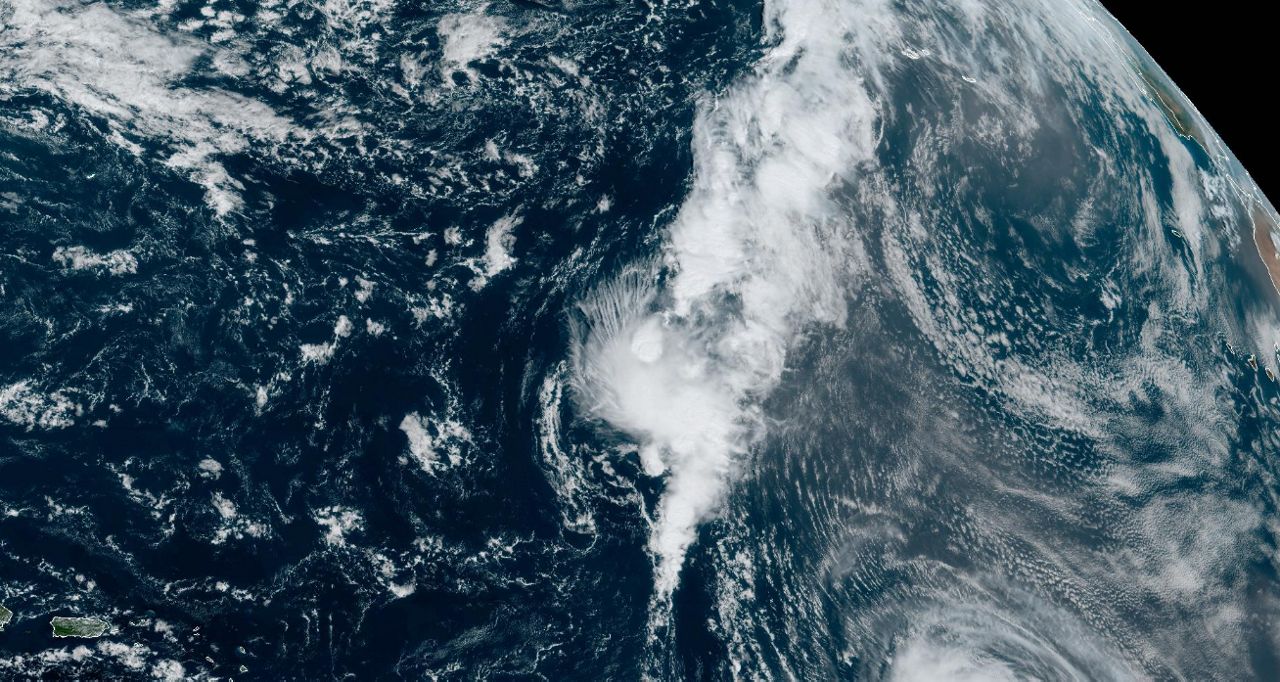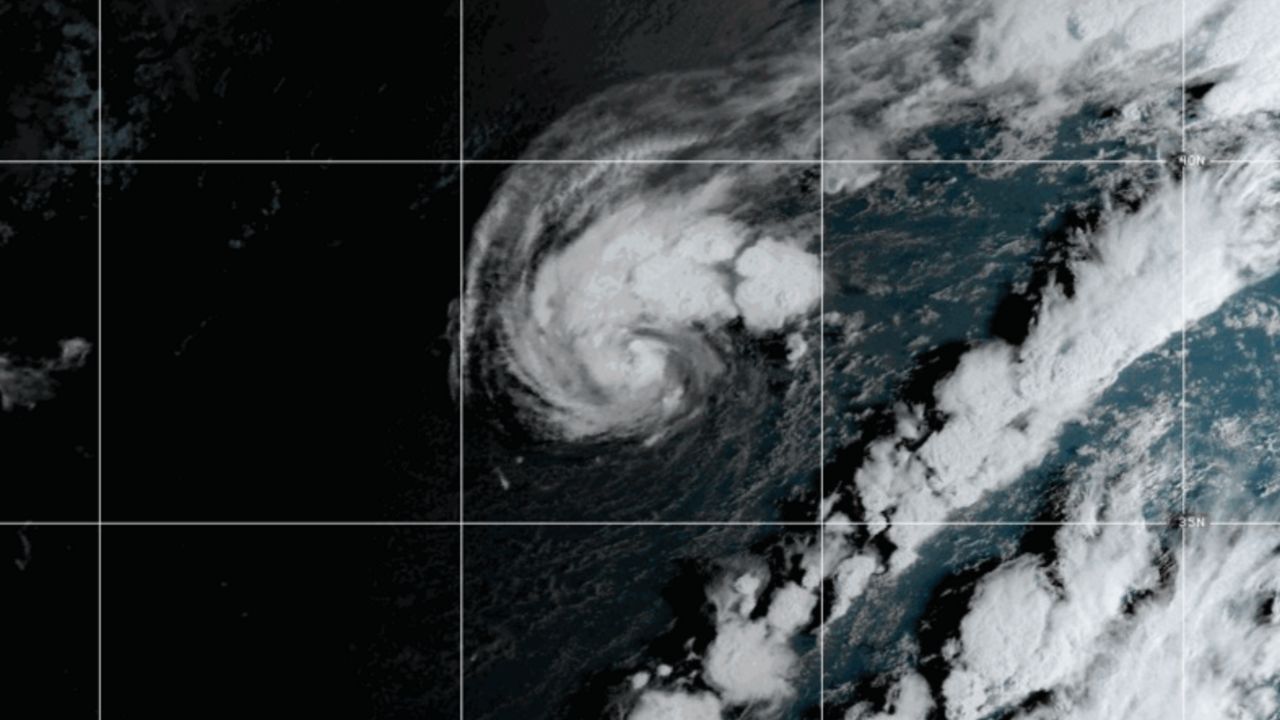Tropical Storm Kirk formed in the eastern Atlantic on Sunday, Sept. 29, becoming a tropical storm on Monday, Sept. 30. It was the eleventh named storm of the 2024 Atlantic hurricane season and the seventh hurricane of the season.
Kirk formed in the eastern Atlantic on Sunday, Sept. 29, becoming a tropical storm on Monday, Sept. 30. It was the eleventh named storm of the 2024 Atlantic hurricane season.
By Tuesday, Oct. 1, Kirk strengthened into a hurricane, making it the seventh hurricane of the 2024 season.
On the morning of Friday, Oct. 4, Kirk reached peak intensity with winds of 145 mph, making it the third major hurricane (Category 3 or higher) of the season. By the evening, it had weakened and winds decreased.
Kirk moved north into colder waters, causing it to weaken and become extratropical as it accelerated off to the northeast on Oct. 7. Extratropical cyclone Kirk passed north of the Azores before the remnants arrived along the coast of France and western Europe.
Although Kirk never made landfall as a tropical system, high surf was reported along the east coast when Kirk was a hurricane and as a remnant low, the storm brought heavy rain and flooding, and gusty winds to parts of Spain, France and Portugal. Mudslides were even reported in the city of Galicia, Spain.
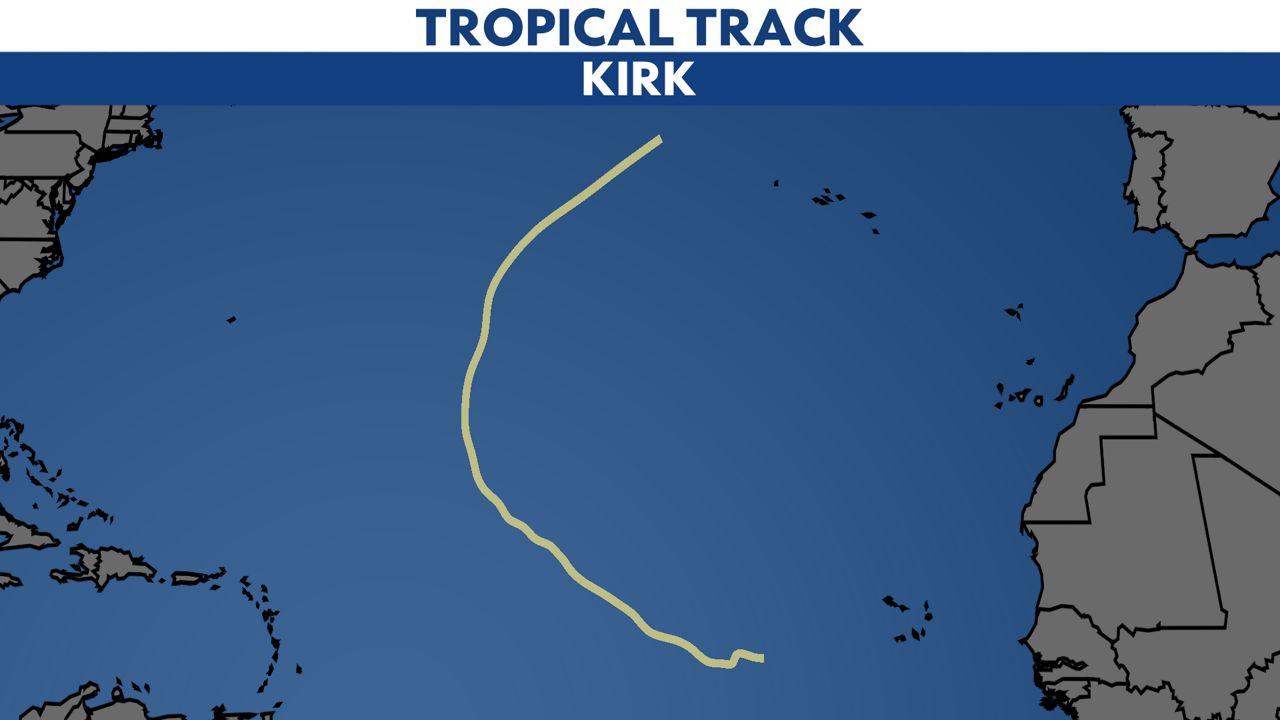
Here's a look at the 2024 Atlantic hurricane season so far.
Our team of meteorologists dives deep into the science of weather and breaks down timely weather data and information. To view more weather and climate stories, check out our weather blogs section.




